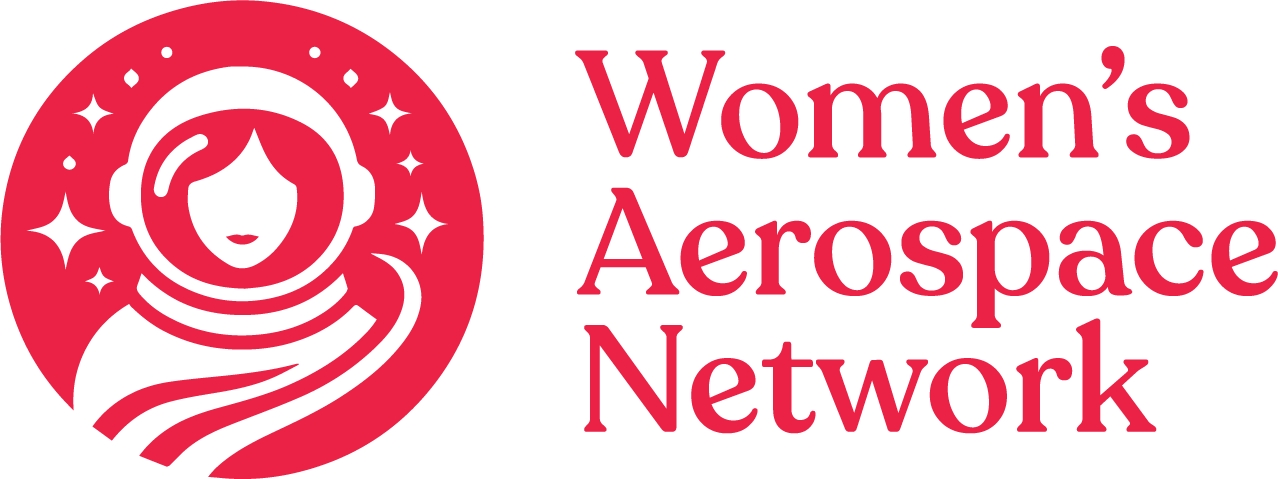Becoming an astronaut requires meeting rigorous physical and medical standards. These qualifications ensure that individuals can withstand the demands of space travel and perform their duties effectively. Aspiring astronauts must undergo comprehensive evaluations to demonstrate their fitness for this challenging career.
NASA Long-Duration Flight Physical
To become an astronaut, candidates must pass the NASA long-duration space flight physical. This examination assesses various aspects of an individual's health and physical condition. The requirements include:
• Visual acuity that can be corrected to 20/20 in each eye • Blood pressure not exceeding 140/90 when measured in a sitting position • Standing height between 62 and 75 inches
These standards are designed to ensure that astronauts can safely participate in space missions and perform their duties effectively. NASA does not grant waivers for these medical requirements, as they are crucial for crew safety and mission success 3.
Vision Requirements
Vision plays a critical role in space exploration, and NASA has established specific vision standards for astronaut candidates. While perfect uncorrected vision is not a strict requirement, there are certain limits for uncorrected visual acuity. Candidates must have visual acuity that is correctable to 20/20 in each eye for both distant and near vision 4.
Interestingly, NASA now allows certain refractive surgical procedures of the eye, such as PRK and LASIK, provided that at least one year has passed since the procedure with no permanent adverse effects. This change in policy has opened up opportunities for individuals who may have previously been disqualified due to vision issues 5.
Blood Pressure and Overall Health
Astronauts must maintain excellent overall health, including proper blood pressure levels. Studies have shown that blood pressure levels in space are not significantly different from those on Earth. However, there are some notable changes:
• Daytime diastolic pressures tend to be lower in space • Nighttime heart rate may be lower in some individuals • Blood pressure and heart rate surges are common during stressful moments in space, such as live TV appearances 6
These findings highlight the importance of cardiovascular health for astronauts and the need to monitor blood pressure and heart rate during space missions.
To ensure continued fitness for duty, astronauts undergo annual physical examinations. These comprehensive evaluations include:
• Vital signs measurements • Head, face, and neck examinations • Eye and ear assessments • Cardiovascular and pulmonary exams • Abdominal and neurological evaluations • Musculoskeletal assessments
These examinations help identify any potential health issues that may affect an astronaut's ability to perform their duties safely and effectively 7.
Aspiring astronauts must be prepared to maintain their physical fitness and overall health throughout their careers. Regular exercise, a balanced diet, and ongoing medical monitoring are essential components of an astronaut's lifestyle. By meeting and maintaining these rigorous physical and medical qualifications, individuals can take a significant step towards realizing their dream of becoming an astronaut and exploring the frontiers of space.


